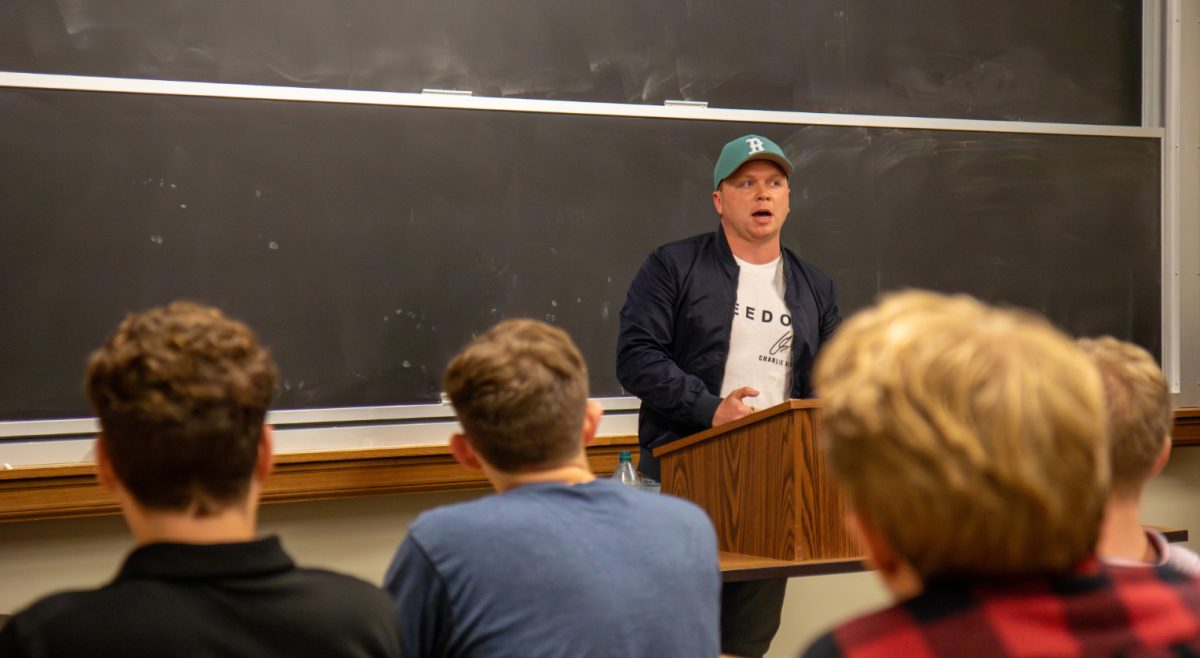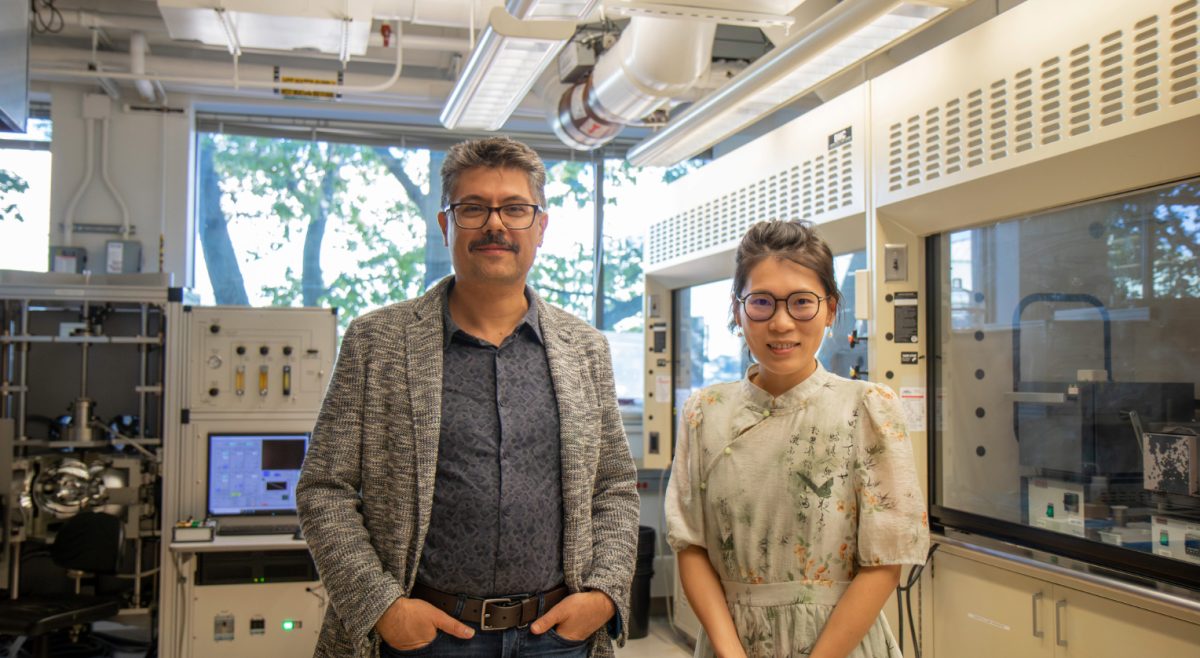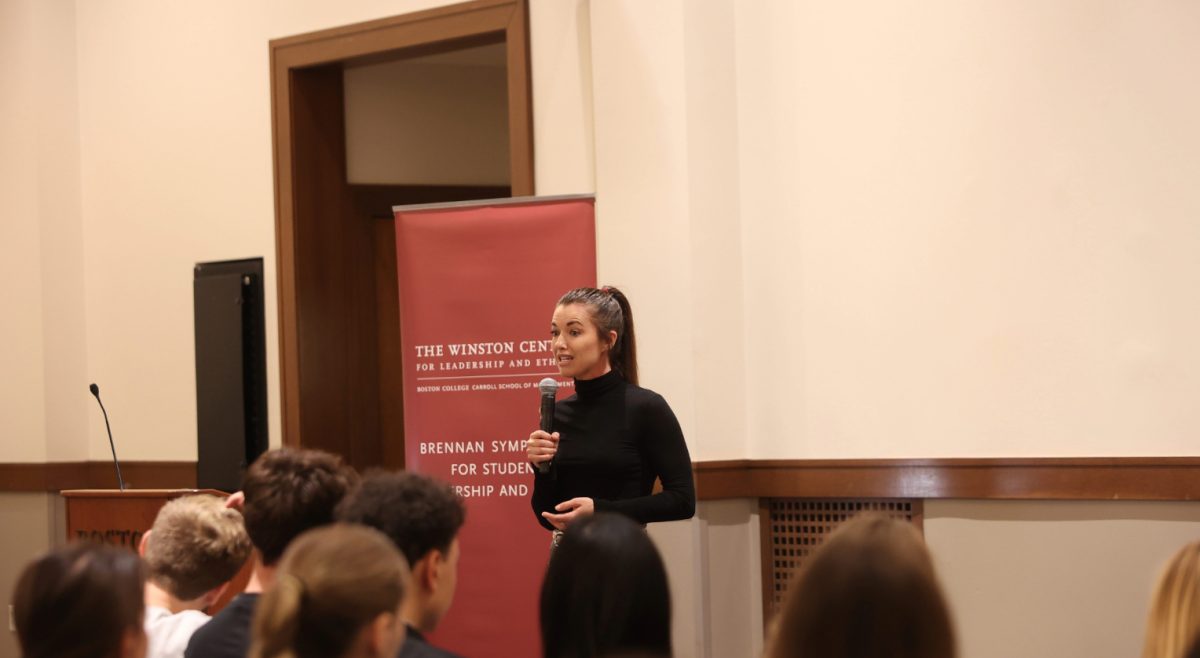Editor’s Note: This is a first in a series of articles about the preparations being made for the Schiller Institute for Integrated Science and Society.
The Shea Center for Entrepreneurship is planned as one of the cornerstones of the Schiller Institute for Integrated Science and Society, but the reason why isn’t necessarily obvious. Shea has had to fight back against a perception that it’s a center created only for Carroll School of Management students, according to Jere Doyle, executive director of the Shea Center and BC ’87.
“The number one goal [of Shea] isn’t about starting companies, it’s about learning the ecosystem of being an entrepreneur—entrepreneurial thinking—trying out the startup, seeing what it’s like, working there,” he said. “We’re trying to get them to think a little bit outside their comfort zone.”
“The whole idea of the Shea Center is three things: It’s academic, it’s on-campus co-curricular learning outside the classroom, and there’s the experiential element.”
Doyle says he is not yet aware of where Shea will be located within the building, or what resources will be immediately available in the center’s offices.
Due to the number of students on campus who are interested in start-up work or the entrepreneurial spirit behind working in start-up-adjacent environments, by taking advantage of the “integrated” aspect of Schiller, the Shea Center has a whole new runway to take off of in regards to adding new students.
Those interests are not limited to CSOM students. Doyle said he’s seen interest in such environments stretch out into every school at the University, making outreach into those sectors more important than ever. For Doyle, diverse backgrounds among a team is the key to success, and the makeup of Shea shouldn’t be any different from the makeup of the environments students taking advantage of the Shea Center will encounter.
“I think what this does is it’s going to add to the collaboration of students across disciplines, which will spur more innovation and which will spur more creative thinking,” Doyle said. “It’s giving them a space to go where they can feel comfortable meeting up with other folks that they’ve never met before.
“Innovation doesn’t happen without collaboration, and collaboration is best when it’s interdisciplinary—lots of coming to the table with different ideas and different skill sets.”
The final building isn’t the be-all-end-all of Doyle’s vision, though: The Shea Center’s expansion into more disciplines at BC has already started. For the transition to the Schiller Institute to be “seamless,” Doyle said he’d be working harder to distance Shea from the perception that it’s CSOM-specific or creating startups-specific. If more students from more areas of the University participate in events, classes, or other resources Shea provides, when the building finally goes up, Doyle and his team can maximize the opportunity the new space will bring.
The Shea Center is a career resource just as much as Career Services can be for students looking into startup and small company environments, according to Doyle. He noted that he hopes that Shea can expand into helping students from every major plan out career moves.
“We want to run programming that will interest [every student] and educate [every student] and help you in making career decisions and help you [network],” he said.
Featured Image Courtesy of Office of University Communications



















